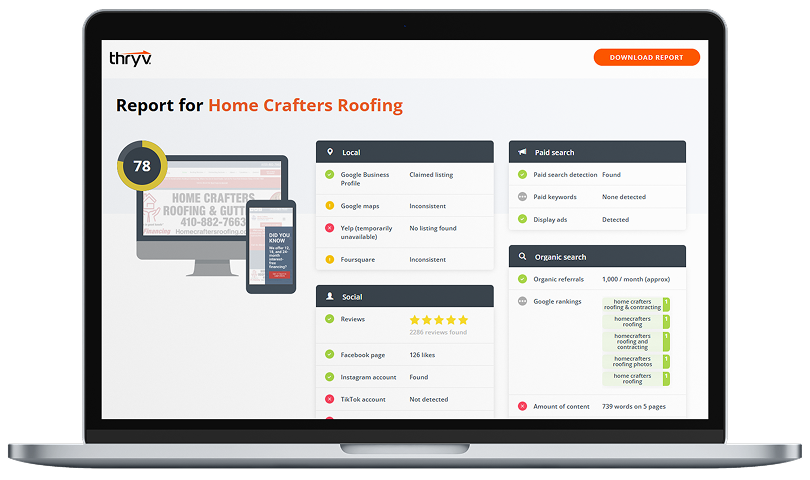Mobile connectivity continues to increase with smartphones and tablets moving to the front of the line, replacing desktops as the devices most commonly used as measured in time spent on devices, money spent, and number of mobile devices sold. This growth is pushing the need to increase time and spend on developing and executing mobile advertising campaigns. A new report from eMarketer “Key Digital Trends for 2014” analyzes the impact of mobile devices on Business-to-Business (B2B) and Business-to-Consumer (B2C) marketing approaches.
According to the report, eMarketer anticipates mobile spending to grow by almost 60% in an effort to keep pace with the evolving “always on” world even though total media spending is only expected to rise by 5% (and will continue to decline). Marketers consider smartphones and tablets as “most important” targets for advertising, while desktops, laptops, and television decline in importance.
The study predicts that mobile spending will reach $15 billion by year’s end, accounting for more than 30% of all digital spending, “…and by 2017, mobile will account for 26.0% of US retail ecommerce sales…up from 19.0% in 2014.”
Importance of understanding the “Always On” world
“Always on” means constant engagement between marketers and consumers or risk losing the advantage to companies that are more aggressive. In addition, services and response times must continue to improve in order to keep pace with competitors.
B2C and B2B companies must be prepared to engage with consumers at any time to meet their expectations of immediate response at every phase of the purchasing process – from consideration to purchase, delivery, and after-sales follow-up and support. Proper capture and analysis of data is imperative in order to execute marketing programs utilizing well-placed ads.
“The bottom line: Consciously or not, consumers today are always in the market for something. As a result, marketers need to try and continually engage prospective buyers to consider their brand, product or store, whether the purchase ultimately takes place in a digital or physical venue.” eMarketer observes.
To support this, the study cited sources that consider smartphones as “… indispensable tools across the path to purchase. Being in consideration mode all the time means being constantly attuned to ads and offers that may ultimately influence where a purchase takes place…[as] more than half of US smartphone and tablet owners said they were influenced by an ad viewed on their device at least occasionally.”
This immediacy of access and response is expected to improve engagement. Anticipated outcomes include improved marketing effectiveness (86%); increased customer satisfaction and a better customer experience (67%); and better customer retention (60%).
Mobile devices and their impact on consumer behavior
According to the study, the ever-increasing presence and functionality of mobile devices essentially make them a “remote control for one’s life…making them indispensable for the average multitasking consumer…”
The study cites the view of Johnna Marcus, director of mobile and digital store marketing at cosmetics retailer Sephora, who finds mobile to be a “…seamless glue, because for most of us, it’s not more than a couple inches away from you at any point.” And this is true not only at home, but in the workplace as well.
Along the spectrum, tablets tend to be used more for browsing and then purchasing when the consumer is at home, while smartphone purchasing has no distinct pattern and is as likely to be done during working hours as it is during leisure time.
The increasing influence and importance of social networking
The study considers social networking as the most important element in the mix, continuing to grow during the coming year, with its presence increasing by 12%. The ability to allow consumers to connect and interact make it a key focus for digital marketing because these platforms allow for engaging with and sharing content. The report observes that social networking has caused a shift, moving “the water cooler conversation that once took place the next day at the office… [to] online, in real time.”
Furthermore, according to the vice-president of global brand strategy at Twitter, Joel Lunenfeld, “… with social…that’s really when the conversation starts…an invitation from consumers to either continue the story, to drive home some more benefits of what you’re trying to say or sell.”
In order to keep pace as the digital market continues to expand, businesses must come to terms with the paradigm shift that is taking place and realize along with Eric Gruen of Proctor and Gamble, that “It’s no longer digital marketing. It’s marketing in a digital world now.”
Source:
Elkin, Noah. “Key Digital Trends for 2014,” https://www.emarketer.com/Coverage/AdvertisingMarketing.aspx. February 2014.


